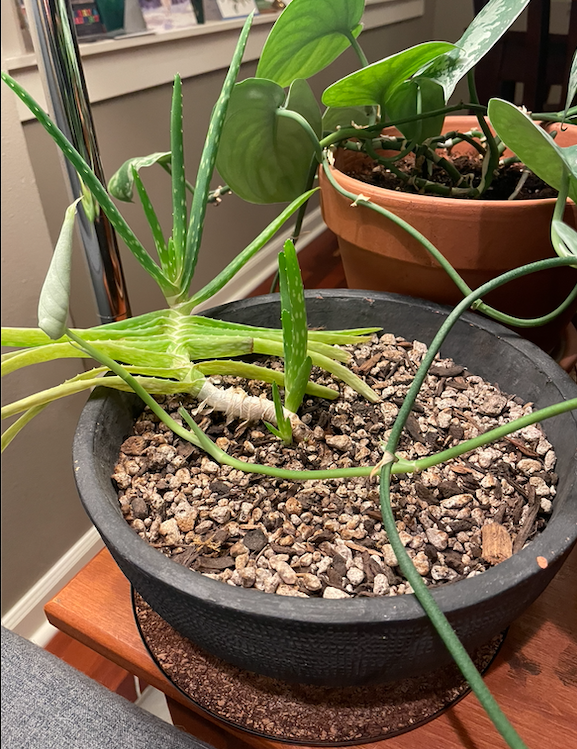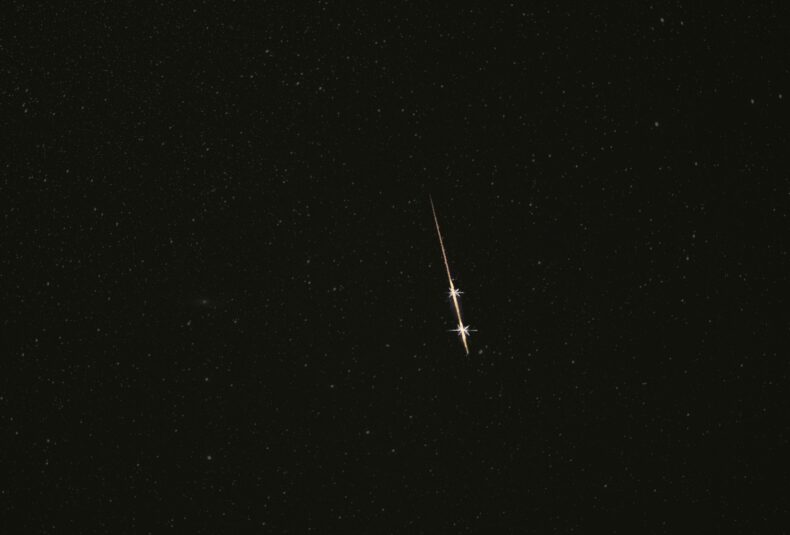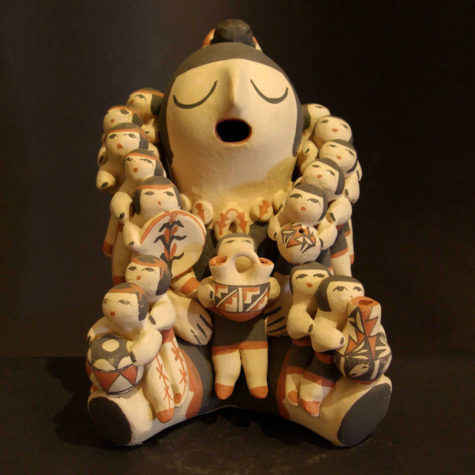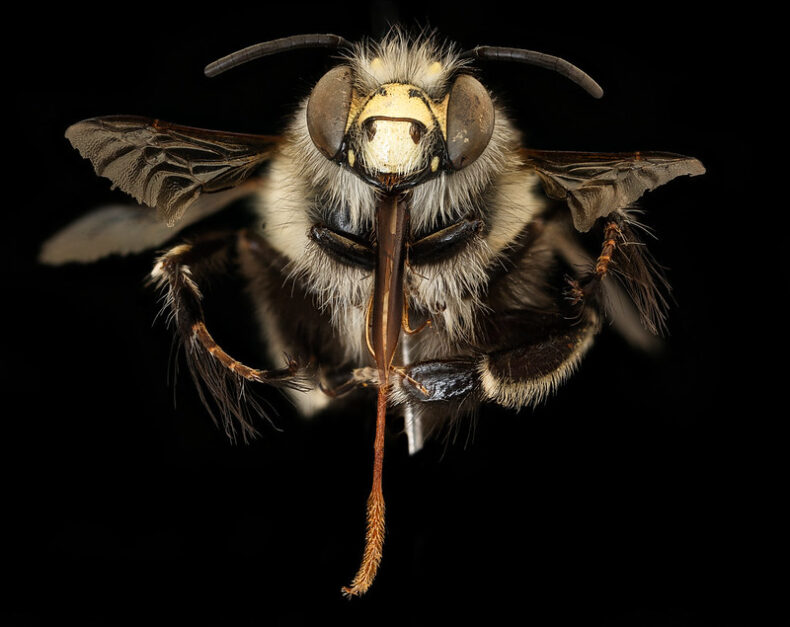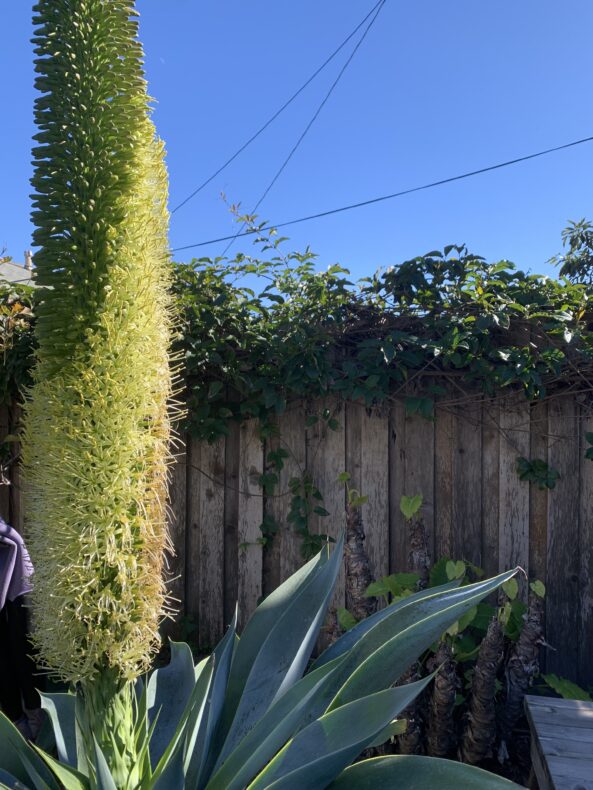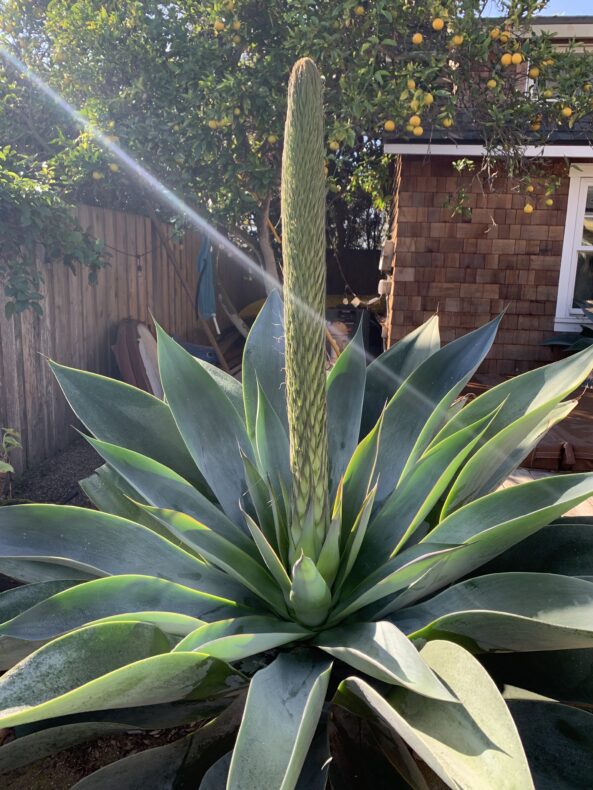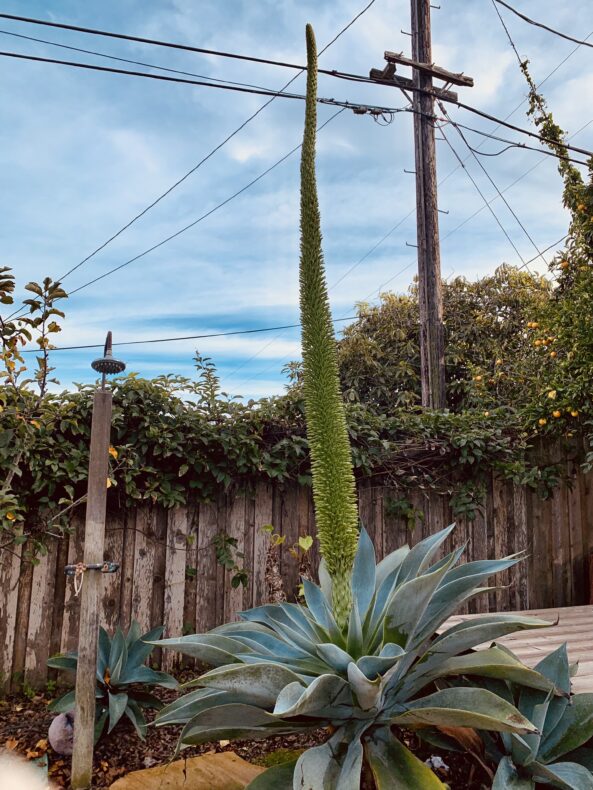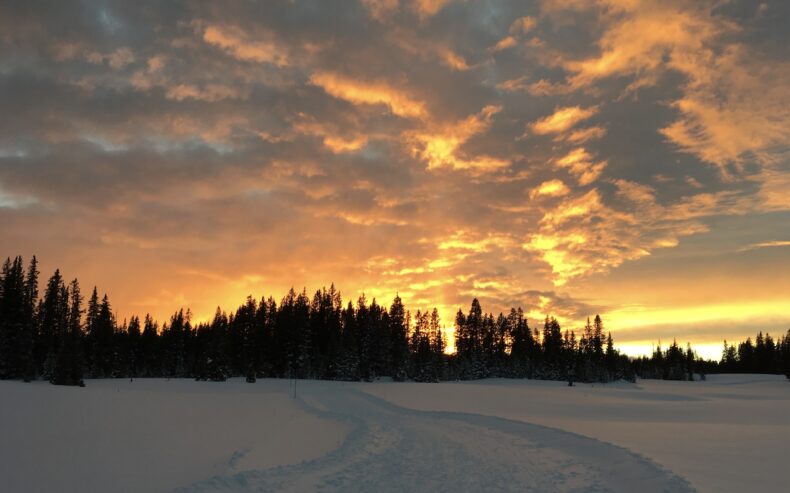
Last week on my podcast, my co-host and bestie Rosemerry asked me the last time I’d experienced awe. The honest truth was, I experience it almost every evening this time of year. For reasons that I’ll explain shortly, winter sunsets are the best sunsets. They are very often awe-inducing, and that means that they’re good for you. As author Florence Williams explains in our recent episode and her book, The Nature Fix, awe can spark creativity and invite the muse. Awe can open us up and connect us to the world around us. Try it! The piece below first appeared here on February 26, 2021, but it’s just as relevant now.
*
This post began with a question from my dear friend, the novelist and documentary filmmaker George Lerner.
Looking over two years of footage from South Texas, I noticed something striking: I have lots and lots of glorious images filmed around sunset, but scant few decent shots at sunrise. Why is this, I wondered — is there a difference from an optical or geophysical perspective between sunset and sunrise?
George copied me on this question he sent to my dad, who has taught atmospheric physics. (How the three of us became close like family is a story for another day.)
I had a knee-jerk answer to George’s question: the reason that sunsets are more amazing than sunrises is that you just see a hell of a lot more of them. So I chuckled to myself when I saw that Dad’s reply to George began, “I try to avoid the early morning hours so I do not see many sunrises.” (Neither of us are morning people.)
But it turns out that there’s more to it than just selection bias. There are scientific reasons that sunsets might be more scenic than sunrises.
Continue reading
